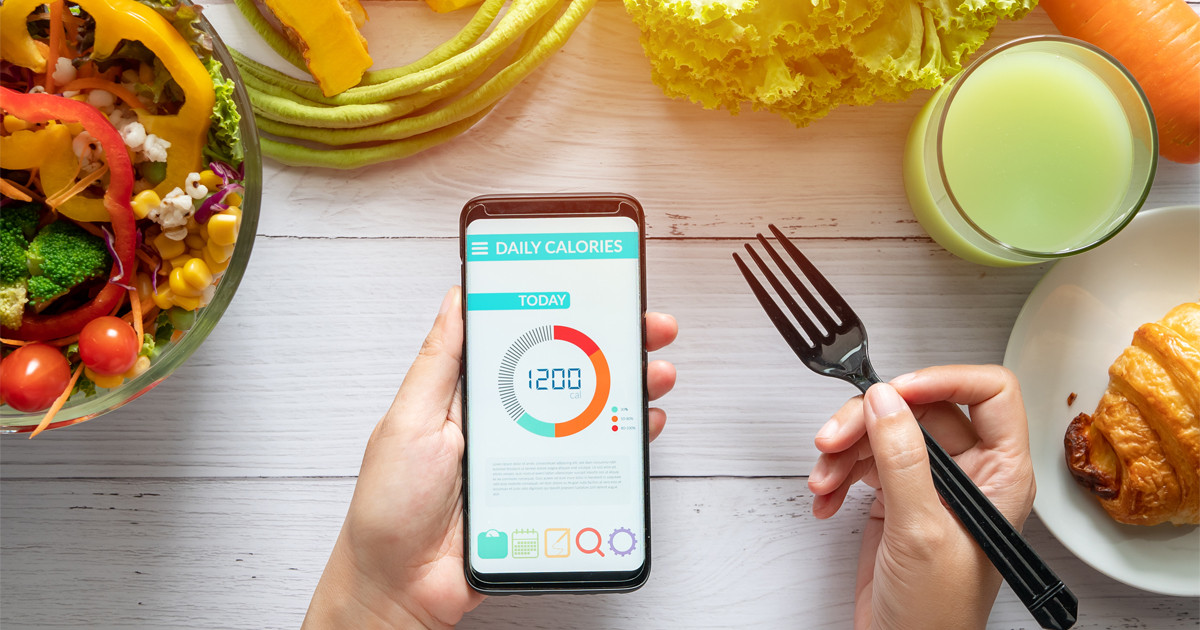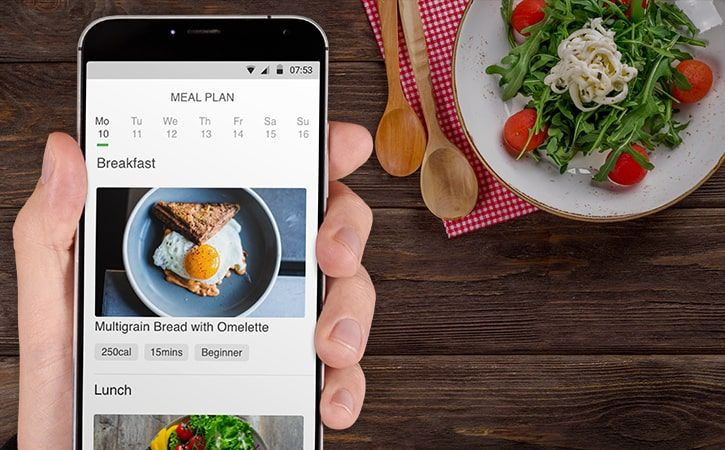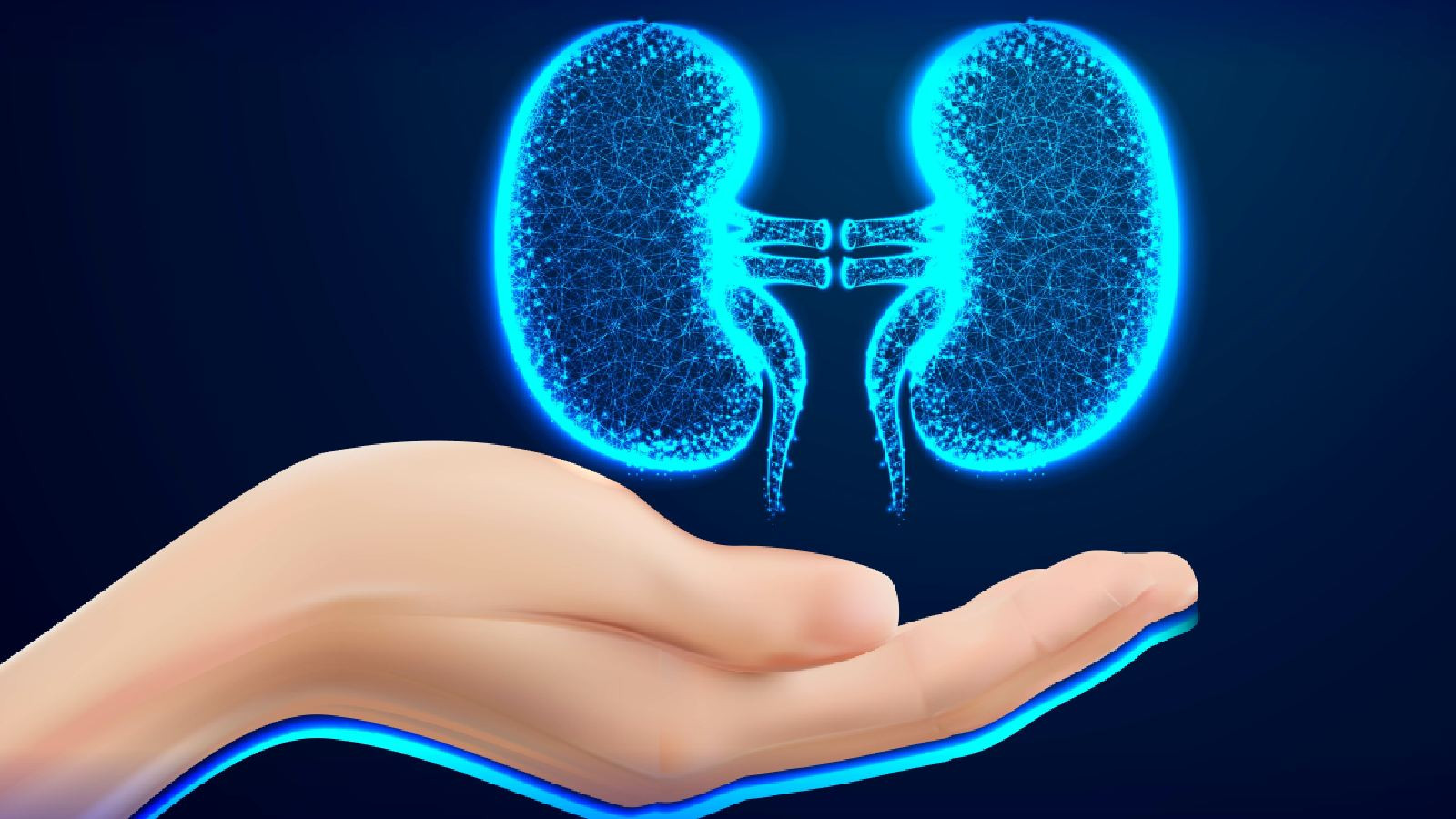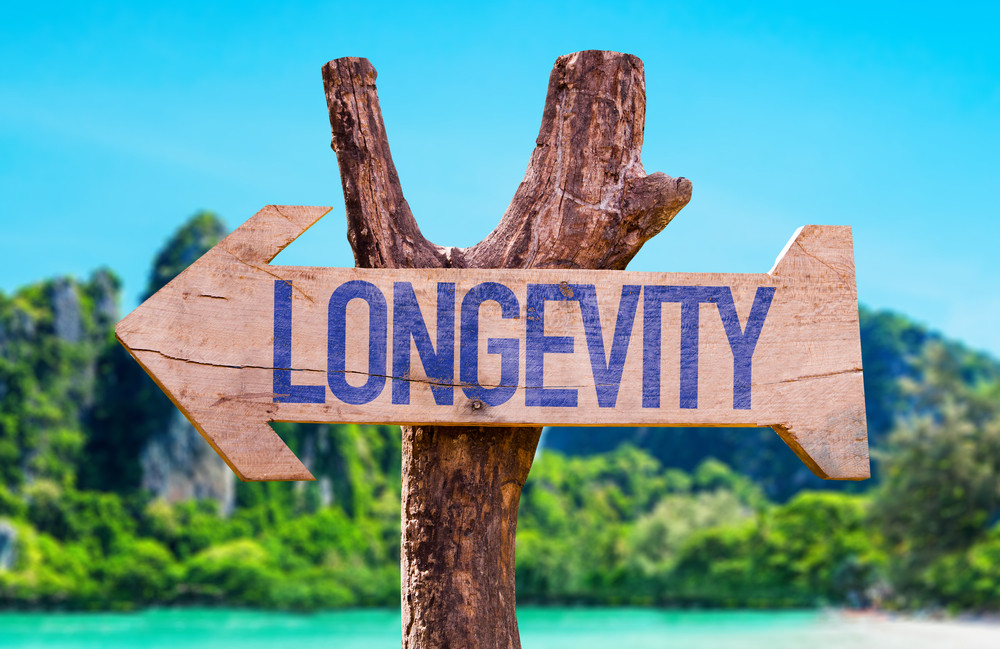A Global Appetite for Health: The Rise of Diet and Nutrition Apps
In an era marked by increasing health consciousness and a growing awareness of the connection between diet and well-being, the diet and nutrition app market has emerged as a dynamic and promising sector. These apps, offering a wide range of features from calorie tracking to personalized meal plans, cater to the diverse needs of individuals seeking to improve their health and achieve their fitness goals. Driven by technological advancements, user-friendly interfaces, and an ever-growing demand for personalized health solutions, the diet and nutrition app market is poised for significant growth in the coming years.
The Market is Growing at a Rapid Pace
The global diet and nutrition app market is anticipated to witness a substantial surge in the coming years, driven by a confluence of factors including rising health consciousness, increasing disposable income, and the growing adoption of smartphones and other connected devices. Research indicates that the market size, which was valued at USD 6.6 billion in 2021, is projected to reach USD 17.9 billion by 2028, demonstrating a compound annual growth rate (CAGR) of 15.8% during the forecast period. The rising prevalence of chronic diseases such as obesity, diabetes, and cardiovascular diseases, coupled with the increasing adoption of personalized healthcare solutions, is further fueling the growth of the diet and nutrition app market. These apps provide users with readily accessible tools to manage their health, track their progress, and make informed decisions about their dietary choices.
Key Drivers of Market Growth
- Rising Health Consciousness: A growing awareness of the importance of healthy eating and its impact on overall well-being has significantly contributed to the rise of diet and nutrition apps. Individuals are increasingly seeking convenient and accessible tools to track their dietary intake, manage their weight, and improve their overall health.
- Technological Advancements: The rapid advancement of mobile technology has played a crucial role in the growth of diet and nutrition apps. The development of sophisticated algorithms, user-friendly interfaces, and the availability of real-time data tracking capabilities have made these apps more engaging and effective.
- Increasing Disposable Income: As disposable income increases, individuals are more willing to invest in their health and well-being. This has led to a surge in demand for health and fitness products and services, including diet and nutrition apps.
- Growing Adoption of Smartphones and Connected Devices: The widespread adoption of smartphones and connected devices has provided a convenient platform for accessing and utilizing diet and nutrition apps. The ubiquitous nature of these devices allows users to track their food intake, access personalized meal plans, and receive real-time feedback on their progress, all at their fingertips.
The Diverse Landscape of Diet and Nutrition Apps
The diet and nutrition app market is characterized by a diverse range of offerings, each catering to specific needs and preferences. While some apps focus on general calorie tracking and meal planning, others offer personalized weight loss programs, customized diet plans based on individual dietary restrictions and preferences, and comprehensive resources on nutrition and healthy eating.
Popular Categories of Diet and Nutrition Apps
- Calorie Tracking and Meal Planning Apps: These apps allow users to track their daily calorie intake, log their meals, and create meal plans based on their individual goals. Popular examples include MyFitnessPal, Lose It!, and FatSecret.
- Personalized Diet and Weight Loss Apps: These apps provide customized diet plans, workout routines, and personalized support to help users achieve their weight loss goals. Some examples include Noom, Weight Watchers, and WW.
- Recipe and Food Database Apps: These apps offer a vast library of recipes, nutritional information, and food tracking features. Popular examples include Yummly, Allrecipes, and Food Network Kitchen.
- Health and Wellness Apps: These apps integrate diet and nutrition features with other health and wellness functionalities, such as activity tracking, sleep monitoring, and stress management. Some examples include Apple Health, Google Fit, and Fitbit.
Key Market Players and Trends
The diet and nutrition app market is dominated by a number of established players, including large technology companies, health and fitness brands, and specialized app developers. These companies are constantly innovating to enhance their offerings, integrate new technologies, and meet the evolving needs of users.
Major Market Players
- MyFitnessPal: One of the leading calorie tracking and meal planning apps, MyFitnessPal boasts a vast database of foods, a user-friendly interface, and integration with other fitness trackers.
- Noom: A personalized weight loss app that combines behavioral science with dietary guidance, Noom offers customized meal plans, activity tracking, and support from certified coaches.
- Weight Watchers: A well-established brand in the weight loss industry, Weight Watchers has transitioned into the digital realm with its app, providing personalized plans, recipe ideas, and a supportive community.
- Lose It!: A comprehensive calorie tracking app that allows users to set goals, track their food intake, and receive personalized insights and recommendations.
- FatSecret: A popular app that offers calorie tracking, meal logging, and a wide range of nutrition and recipe information.
Emerging Trends
- Artificial Intelligence (AI): AI is playing an increasingly important role in diet and nutrition apps, enabling personalized recommendations, automated meal planning, and real-time insights into dietary patterns.
- Integration with Wearable Devices: Diet and nutrition apps are increasingly integrating with wearable devices, such as fitness trackers and smartwatches, to provide comprehensive health data and personalized recommendations.
- Focus on Mental Health and Well-being: Many apps are expanding their offerings to include features related to mental health and well-being, recognizing the strong connection between diet and emotional health.
- Virtual Reality (VR) and Augmented Reality (AR): VR and AR technologies are being explored to enhance the user experience in diet and nutrition apps, creating immersive and interactive experiences.
The Future of Diet and Nutrition Apps
The diet and nutrition app market is expected to continue its upward trajectory in the coming years. As technology advances and user expectations evolve, apps will become even more personalized, user-friendly, and integrated with other health and wellness platforms. The focus will shift towards providing comprehensive solutions that address the holistic needs of individuals, encompassing physical health, mental well-being, and lifestyle choices. The rise of AI, VR, and AR technologies will further transform the app landscape, creating immersive and interactive experiences that empower users to take control of their health and well-being. The future of diet and nutrition apps holds immense potential for innovation and disruption, empowering individuals to make informed choices that support a healthier and more fulfilling life.
The Bottom Line: Health in Your Hands
The burgeoning diet and nutrition app market is a testament to the increasing demand for personalized health solutions. These apps provide users with convenient tools to track their food intake, manage their weight, and make informed decisions about their dietary choices. As technology continues to advance, diet and nutrition apps will become even more sophisticated and integrated into our lives, empowering individuals to take control of their health and well-being. The future of these apps holds immense potential for innovation and disruption, ultimately contributing to a healthier and more fulfilling life for all.



















